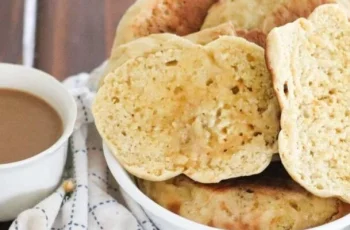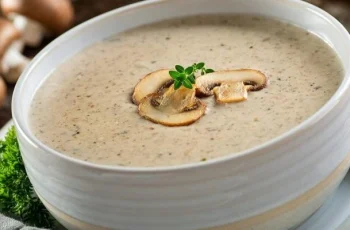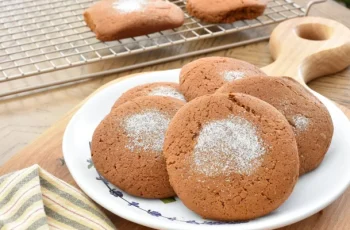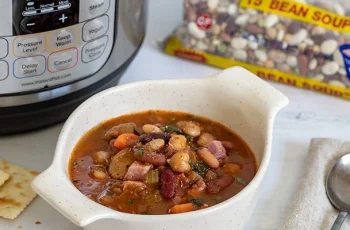Making a sourdough starter from scratch is a simple, rewarding process that lets home bakers harness wild yeast and bacteria for bread-making. Unlike commercial yeast, a sourdough starter is a self-sustaining culture that gives bread its tangy flavor and chewy texture. It takes patience but yields a reliable leavening agent that can last indefinitely with care.

A sourdough starter is a fermented mix of flour and water that captures natural yeast and bacteria from the environment. These microorganisms multiply, producing gases to raise dough and lactic acid for flavor and digestibility. Once mature, it’s versatile for bread, pancakes, and more, needing only regular feedings to thrive.
You’ll need just two ingredients: unbleached flour (all-purpose, whole wheat, or rye) and filtered or dechlorinated water. Whole grain flours ferment faster due to higher nutrients, and chlorine-free water prevents inhibition of microbial growth. High-quality, organic ingredients help build a strong starter.
To start, mix ½ cup flour with ¼ cup water in a clean glass jar, stirring until smooth (like pancake batter). Cover loosely with a cloth and let it sit. For 5-7 days, feed it daily: discard half, then add equal parts fresh flour and water. Keep it at 70-75°F for optimal fermentation. Bubbles and a tangy smell signal progress. It’s ready when it doubles in size within 4-6 hours after feeding, smells pleasantly acidic, and shows consistent activity—typically within 1-2 weeks.
For maintenance, feed daily at room temperature if baking often, or refrigerate and feed weekly if not. To revive a dormant starter, bring it to room temperature and feed daily for a few days. Troubleshoot issues like hooch (a hungry starter’s liquid layer—stir it in or pour off), bad odors (feed more often), or mold (discard if present).
Before baking, feed the starter hours ahead to peak its activity. Save discard for recipes like pancakes or crackers to reduce waste and add flavor. Experiment with flours (rye for nuttiness, spelt for softness) or hydration (thicker for slower fermentation, wetter for faster) to tweak results. Flavor varies with fermentation time—longer for sourness, shorter for mildness—adjustable via feeding and temperature.

Creating a sourdough starter ties you to a timeless baking tradition. With flour, water, and time, you’ll cultivate a living culture that elevates baked goods. Consistent care keeps it thriving, making it a versatile kitchen staple for years.



